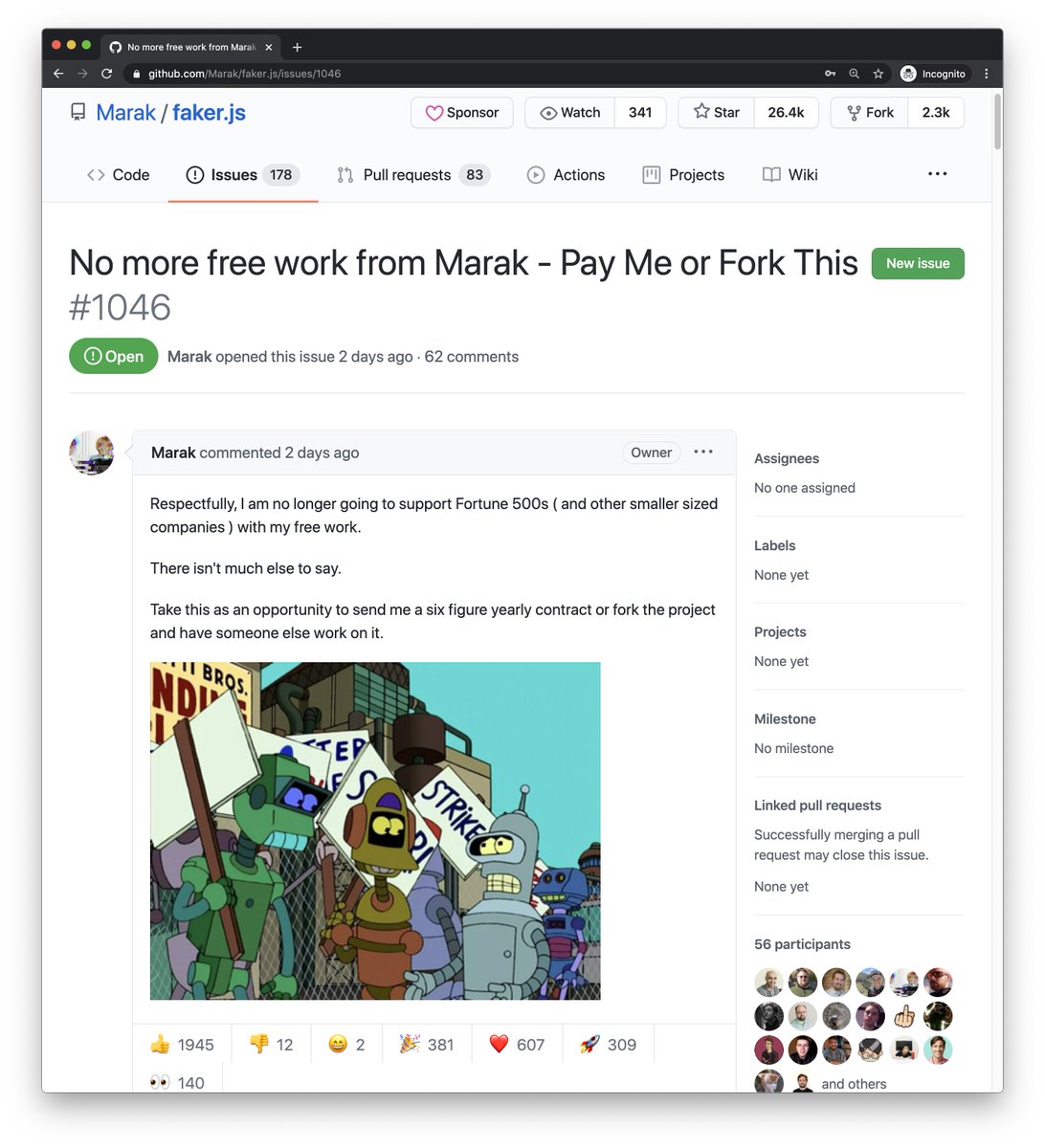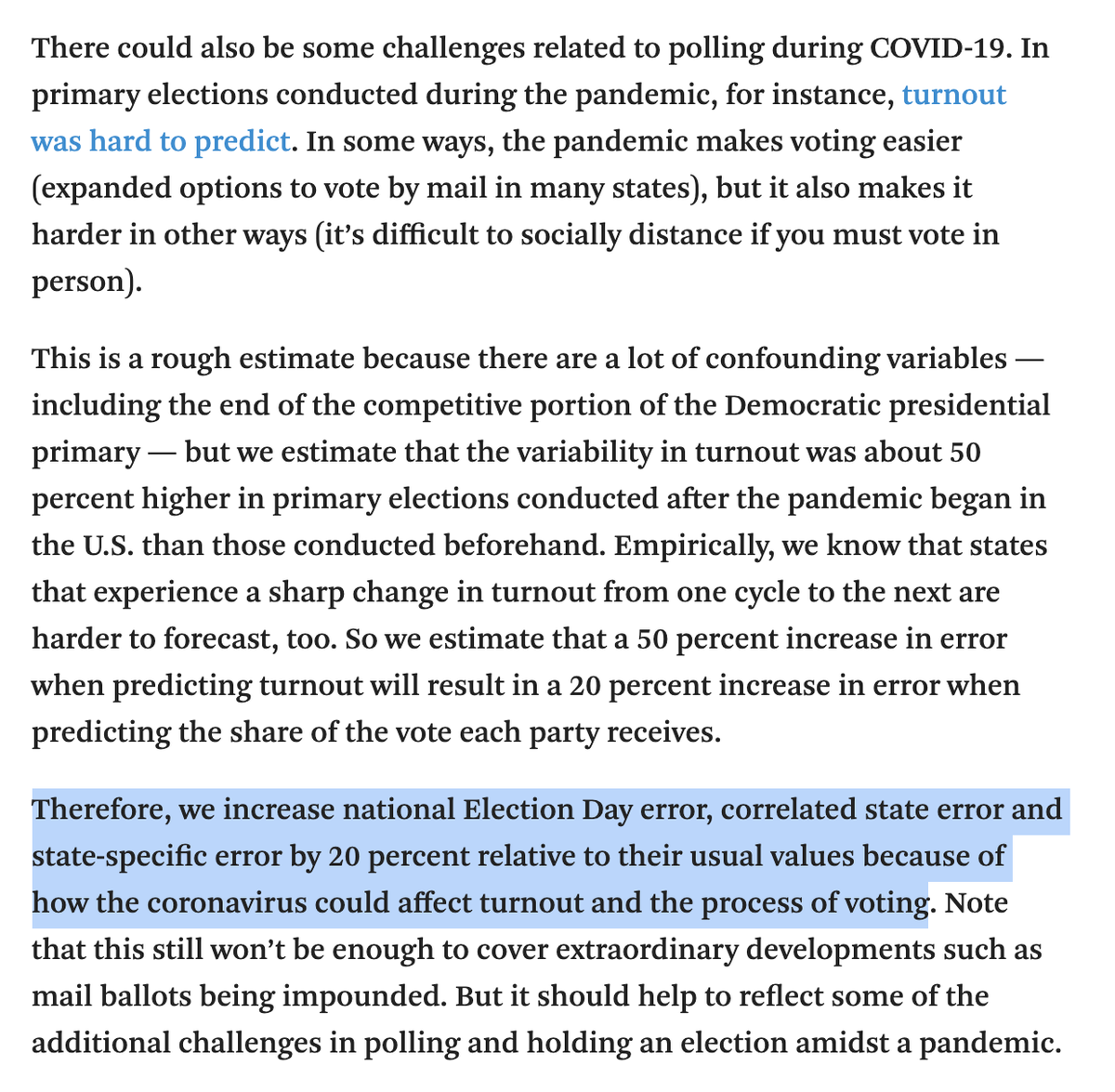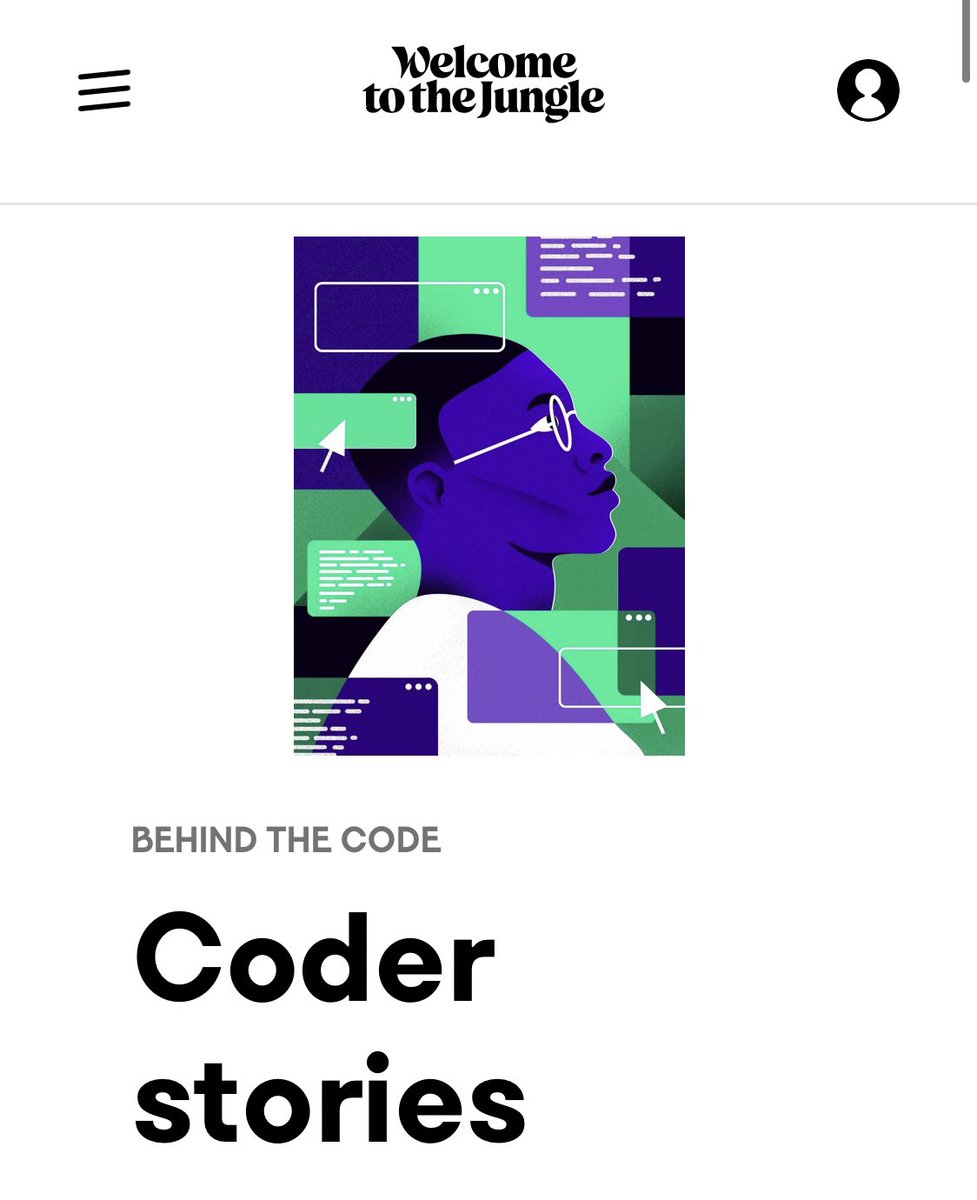
"One of the clearest indications of stagnation is the flatlining of energy usage...Hall calls the long-term trend of about 7% annual growth in energy usage per capita the 'Henry Adams Curve'. In the late 20th century, we fell off of it." rootsofprogress.org/where-is-my-fl… 
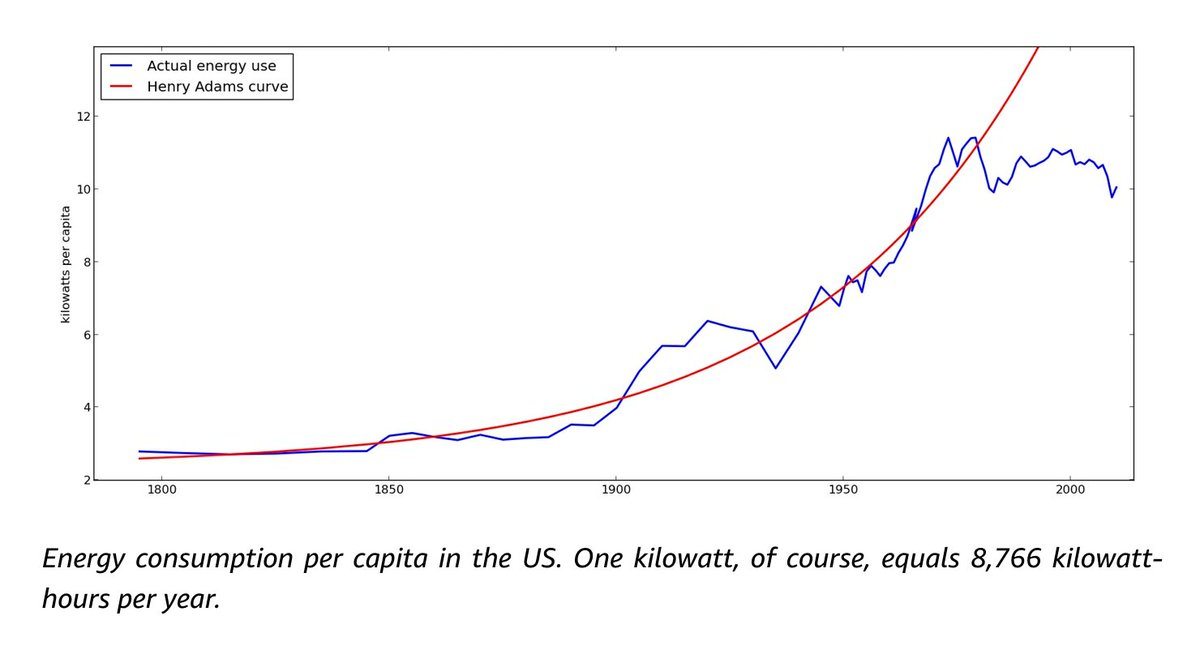
"A good explanation for technological stagnation is that the only technological revolution of the last 50 years, computing, was the only one that didn’t need more power than could be provided by the technology of the 1970s." rootsofprogress.org/where-is-my-fl…
"An even greater regulatory burden applies to nuclear power, which Hall blames for the skyrocketing cost of power plants in the US." 

"According to a study conducted by Tillinghast-Towers Perrin, the cost of the U.S. tort system consumes about two percent of GDP, on average...without it our economy today would be twice the size it actually is." 
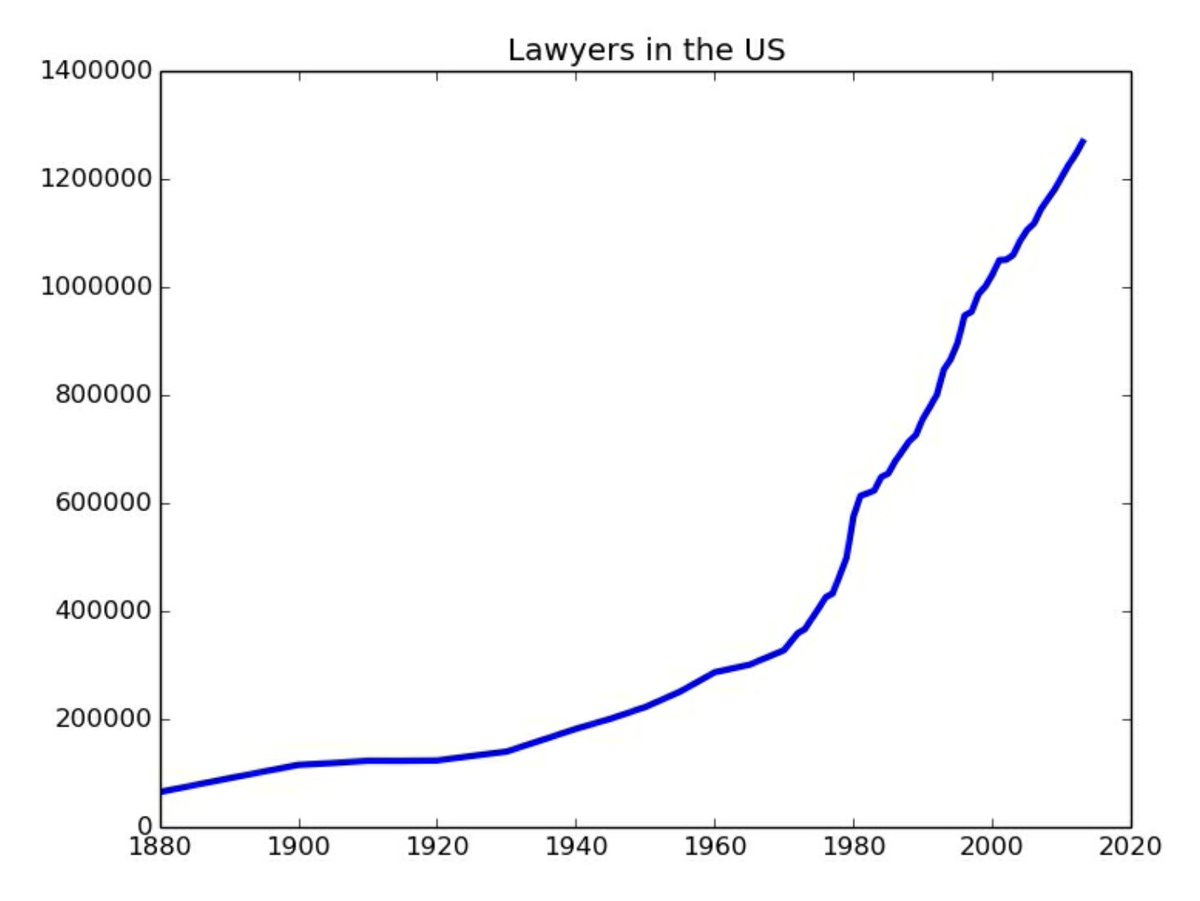
I could excerpt more of this phenomenal book review by @jasoncrawford, but you should read the whole thing (link in first tweet). Then support his work here: patreon.com/rootsofprogress 

The book he's reviewing is "Where is My Flying Car?". Don't judge this self-published book by its cover, just read it. It's only pi ($3.14) dollars on Amazon.
amazon.com/Where-My-Flyin…
amazon.com/Where-My-Flyin…
• • •
Missing some Tweet in this thread? You can try to
force a refresh

